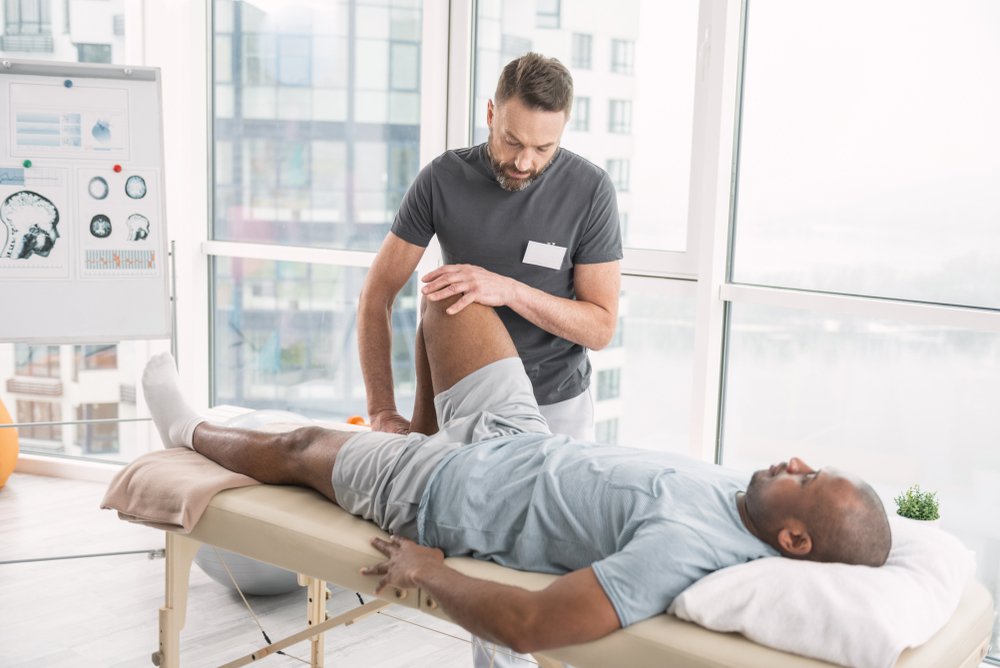
One of the primary advantages of strength conditioning in recovery is its ability to improve muscle power and endurance. When muscular tissues are stronger, they can more effectively support articulations and reduce the risk of re-injury. For instance, an athlete healing from a knee trauma can benefit from workouts that strengthen the thigh muscles and hamstrings. These muscular tissues play a vital role in supporting the knee articulation. By incorporating resistance training into their recovery program, individuals can regain their strength more efficiently and safely.
In furthermore to developing power, strength conditioning also improves mobility and range of movement. Many injuries can result to rigidity in the affected region, making it challenging for athletes to navigate easily. Strength conditioning exercises often include extending and elongating the muscles, which can help restore flexibility. For example, incorporating resistance straps or weights into flexibility routines can improve the effectiveness of these workouts. As flexibility improves, individuals can perform actions more efficiently, which is essential for peak capabilities in their sport.
Another crucial factor of resistance conditioning in athletic recovery is its positive impact on psychological health. Recovering from an injury can be a difficult and exasperating process for athletes. Engaging in strength conditioning can offer a feeling of achievement and boost confidence. As individuals see improvements in their power and capabilities, they may experience more motivated to continue their rehabilitation journey. This psychological uplift can be just as important as the physical advantages, as a optimistic attitude can lead to better results in recovery.
Finally, resistance training can help athletes move back to their activity more smoothly. Once they have regained their power and mobility, athletes need to practice sport-specific movements to ensure they are weblink ready for contests. Resistance training can be integrated with activity-specific exercises to create a comprehensive rehabilitation plan. This blend allows athletes to not only recover but also improve their capabilities. By focusing on both recovery and capabilities, resistance training becomes an crucial instrument in the rehabilitation process, assisting athletes return to their activity more robust and more resilient.